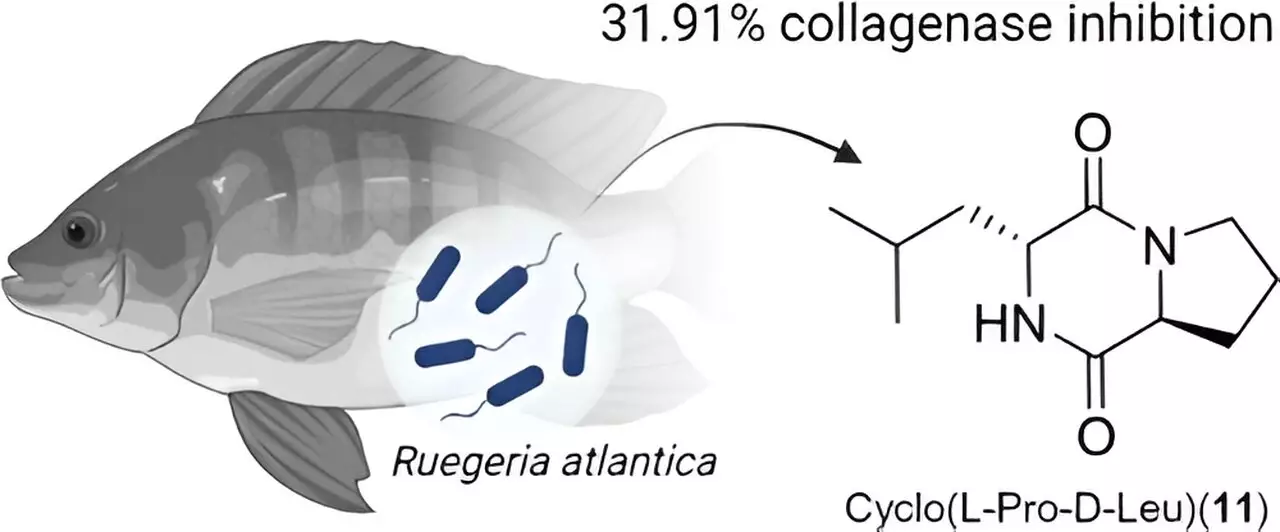In the ever-evolving world of skincare, the search for innovative ingredients always piques interest. Traditionally, consumers have been familiar with ingredients like hyaluronic acid or retinol, but as trends evolve, so too do the sources of these components. A groundbreaking study reveals the potential of using beneficial molecules derived from fish gut bacteria, introducing an unexpected yet exciting frontier in cosmetic science.
At first glance, fish guts might appear to be an unlikely source for cosmetic innovations. However, the discovery of compounds produced by the gut microbiota of certain fish species, specifically the red seabream and the blackhead seabream, challenges preconceptions about where effective skincare ingredients can originate. Just as biotechnological advances have led to the discovery of drugs like penicillin from unforeseen sources, it raises the question of what other microorganisms might yield beneficial compounds for our skin.
Researchers Hyo-Jong Lee and Chung Sub Kim embarked on their investigation with a curious mindset, seeking to explore the metabolites produced by these fish gut bacteria. Their exploration led to the identification of 22 distinct molecules that demonstrated promising properties. The isolation and evaluation of these substances emphasized their potential.
Specifically, the study examined the compounds’ abilities to inhibit the activity of two key enzymes, tyrosinase and collagenase. Tyrosinase is crucial in the process of melanin production, closely associated with skin pigmentation and the development of age spots. On the other hand, collagenase is implicated in the degradation of collagen, which, when compromised, contributes to the appearance of wrinkles.
The research findings indicated that three particular molecules from red seabream gut bacteria exhibited strong inhibition of both tyrosinase and collagenase without causing any cellular toxicity. This aspect is particularly important when considering the safety and efficacy of cosmetic ingredients. If these findings hold true in human trials, they may usher in a new range of anti-aging products that could effectively brighten skin and reduce the appearance of fine lines.
While the current study represents a promising preliminary investigation, it is imperative to highlight that further research is essential. The potential applications of these findings are substantial, possibly paving the way for an entirely new category of skincare products that prioritize sustainability and innovative sourcing. If these fish-derived compounds can successfully transition from laboratory studies to commercially available skincare, they could not only change the market landscape but also foster a renewed interest in marine bioprospecting.
The cosmetics industry is uniquely positioned to benefit from such unconventional discoveries. As consumers grow increasingly health-conscious and environmentally aware, integrating ingredients sourced from marine ecosystems could align perfectly with future market trends. The idea of utilizing beneficial molecules derived from fish gut bacteria may seem unconventional, but as science continues to uncover the untapped potentials of our natural world, it becomes clear that innovation can come from the most unexpected places. With further investigation, fish gut bacteria could become the next big trend in skincare, challenging traditional sources of beauty ingredients and driving a new wave of innovation in the industry.

